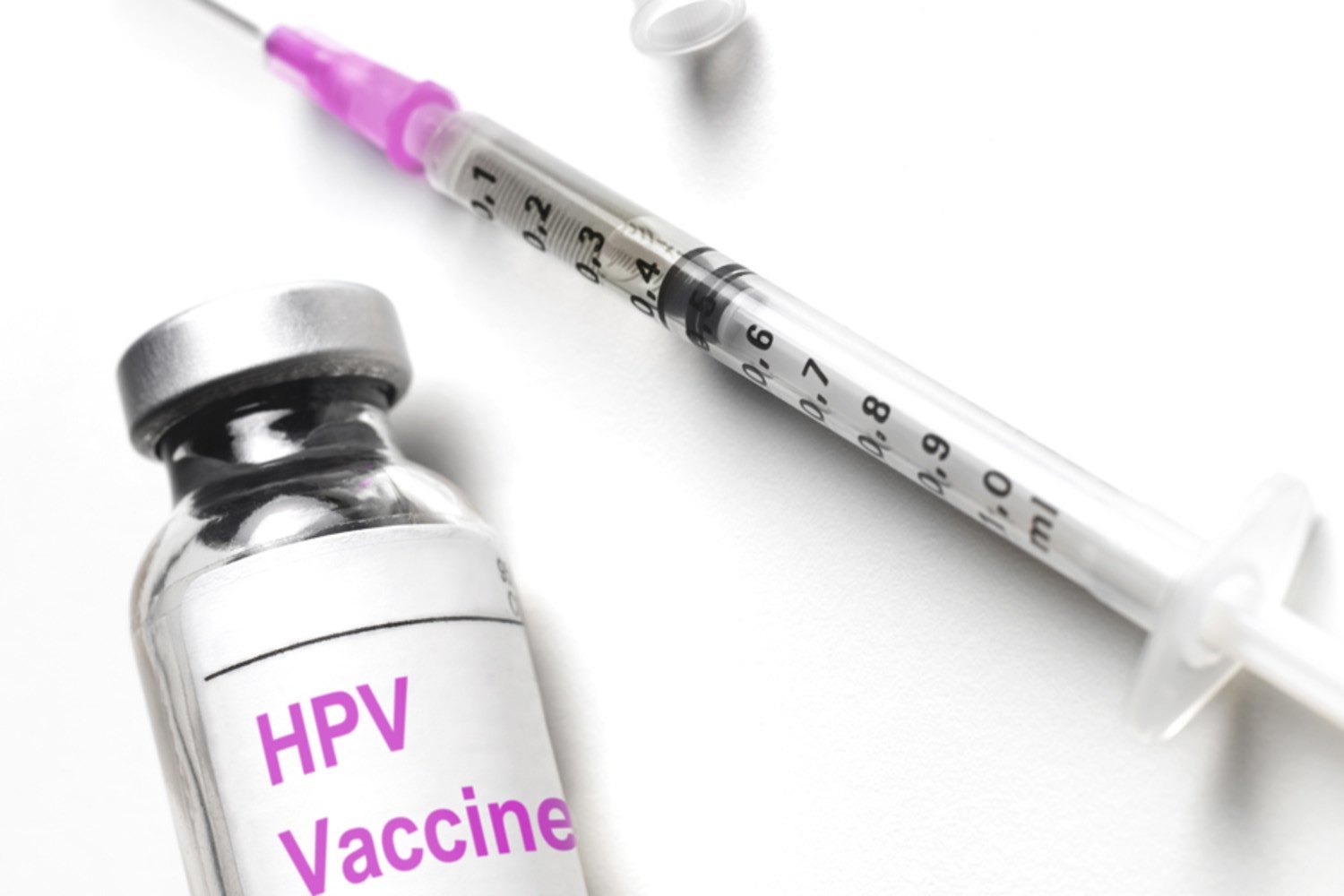When you think about the dangers of cell phones, texting while driving immediately comes to mind – a quick cause-and-effect with often-gruesome evidence in plain sight. But according to officials in California, cell phones may also be dangerous at a slower pace. They just recently released information regarding the damaging health effects of long-term exposure to cellphone radiation as well as ways on how people can protect themselves.
Dr. Joel Moskowitz of UC Berkeley sued the California Department of Health for failing to  release information earlier regarding the possible health hazards of cellphone radiation. He says that people are put to harm since this information was inaccessible for them.
release information earlier regarding the possible health hazards of cellphone radiation. He says that people are put to harm since this information was inaccessible for them.
There has been evidence showing that cellphone radiation affects bodily functions in small ways that eventually build up and can ultimately be just as deadly as a case of texting and driving. While there’s still no proven absolute links between cellphone radiation and chronic diseases, the World Health Organization (WHO) already identified cellphone radiation as “possibly carcinogenic to humans.”
According to Chris Kesser, a leading natural health practitioner, they don’t know yet if it is indeed harmful, but it makes sense to take precautionary measures to reduce exposure in case that it is.
Radiofrequency waves (RF), a type of microwave radiation that allows the cellphone to connect with the local cell tower. When you hold your phone to your ear, the RF also attacks your brain.
According to a report from the Environmental Health Trust, while research has been inconclusive, and no one is sure how much harm RF actually does to people, there is no doubt that kids are affected more because their relative size is smaller, their skulls are thinner and their brain tissues are more absorbent.
Scientists with the government’s National Toxicology Program conducted a recent $25 million study wherein they accurately exposed rats to calibrated RF levels to estimated human usage. The more exposure the rats got, the more they developed unusual forms of brain and heart cancer.
According to David Carpenter, director of the Institute for Health and the Environment at the University at the State University of New York at Albany, he was surprised to see the results of the study because there have been a lot of previous studies that had consistently shown no advancements in cancer. But he thinks it’s because nobody had maintained enough number of rats for a sufficient amount of time to get similar results.
Although, brain cancer isn’t the only concern here. Studies have also revealed that cellphone radiation may increase the risk of leukemia in children and can affect fertility in men because it can reduce sperm count, motility, and viability.
What’s even more distressing is that the body can trigger protective biochemical reactions as soon as senses an aggressor like RF, and then it interrupts communication among cells, increase free-radical accumulation, boost leakage in the blood and brain barrier, cause genetic damage and initiate a flow of other biological complications.
Luckily, this only happens when the cellphone is too close to the body. According to the researchers, you can lessen the risks by following these safety measures:
- Distance yourself from your cellphone. Put it at least six inches away from your body by using a headset or putting it on speaker phone while talking. Put it in airplane mode if you want to carry it in your pocket.
- Limit your cellphone usage in general. Use a land line to make a call when possible.
- Avoid making calls when the signal is weak. The worse the reception, the more RF the phone will generate in trying to stay connected.
- If possible, send a text message instead.
- Limit your children’s use of phones, or avoid it if possible.


























